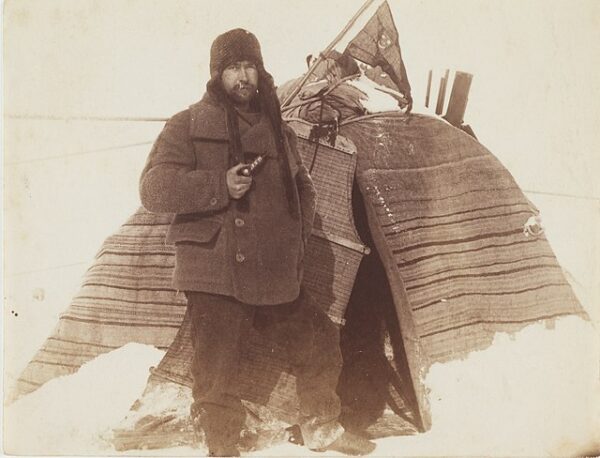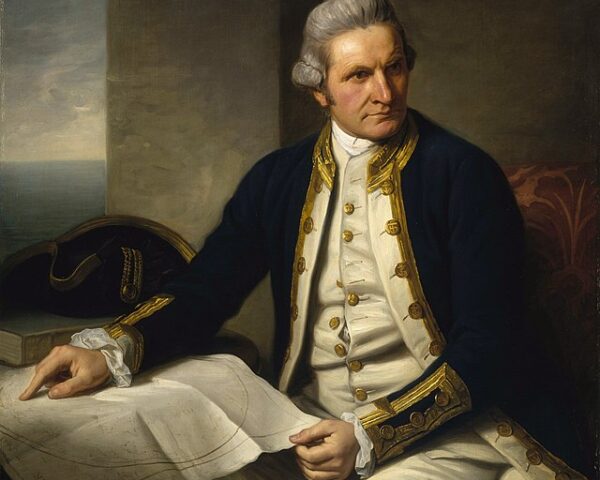Carsten Borchgrevink’s Southern Cross Expedition, which took place in 1898-1900, marked a significant chapter in Antarctic exploration. Borchgrevink, a Norwegian-born explorer, aimed to establish the first wintering-over party on the continent. Departing from London on the ship Southern Cross, the expedition included a diverse team of scientists, sailors, and experts in various fields.
The expedition made history on February 16, 1900, when Borchgrevink and his team achieved the Farthest South at 78°50’S, a record that stood for nearly 50 years. This milestone marked a crucial scientific and exploratory achievement, providing valuable data and insights into the harsh Antarctic environment. The Southern Cross Expedition also contributed to the understanding of the region’s geology, biology, and meteorology.
Despite facing numerous challenges, including extreme weather conditions and limited resources, Borchgrevink’s leadership and the team’s dedication enabled them to conduct groundbreaking scientific research. The expedition’s discoveries laid the groundwork for future Antarctic explorations and significantly advanced our understanding of the southernmost continent.
The huts from the expedition can still be seen today, mostly filled with penguins.
Carsten Borchgrevink’s Southern Cross Expedition played a pivotal role in Antarctic exploration, leaving a lasting legacy in the annals of scientific and geographical history.






